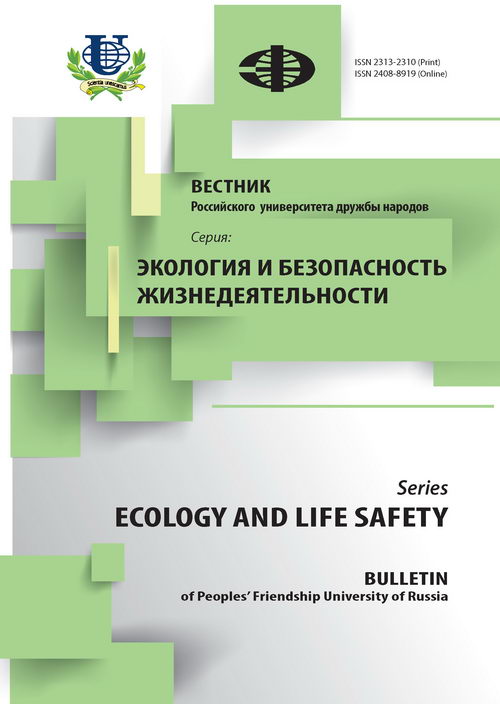Lead in soils of Mexico: content, spatial variation, availability for humans
- Authors: Sedov NS1, Chernykh NA1, Romero FM2, Zamora-Martínez O2
-
Affiliations:
- Peoples' Friendship University of Russia
- Universidad Nacional Autonoma de Mexico
- Issue: No 3 (2012)
- Pages: 18-25
- Section: Articles
- URL: https://journals.rudn.ru/ecology/article/view/12287
Cite item
Full Text
Abstract
Keywords
About the authors
N S Sedov
Peoples' Friendship University of Russia
Email: ernykh63@mail.ru
кологический факультет; Российский университет дружбы народов; Peoples' Friendship University of Russia
N A Chernykh
Peoples' Friendship University of Russia
Email: ernykh63@mail.ru
Экологический факультет; Российский университет дружбы народов; Peoples' Friendship University of Russia
F M Romero
Universidad Nacional Autonoma de Mexico
Email: ernykh63@mail.ru
Институт геологии; Национальный университет Мексики; Universidad Nacional Autonoma de Mexico
O Zamora-Martínez
Universidad Nacional Autonoma de Mexico
Email: ernykh63@mail.ru
Институт геологии; Национальный университет Мексики; Universidad Nacional Autonoma de Mexico
References
















